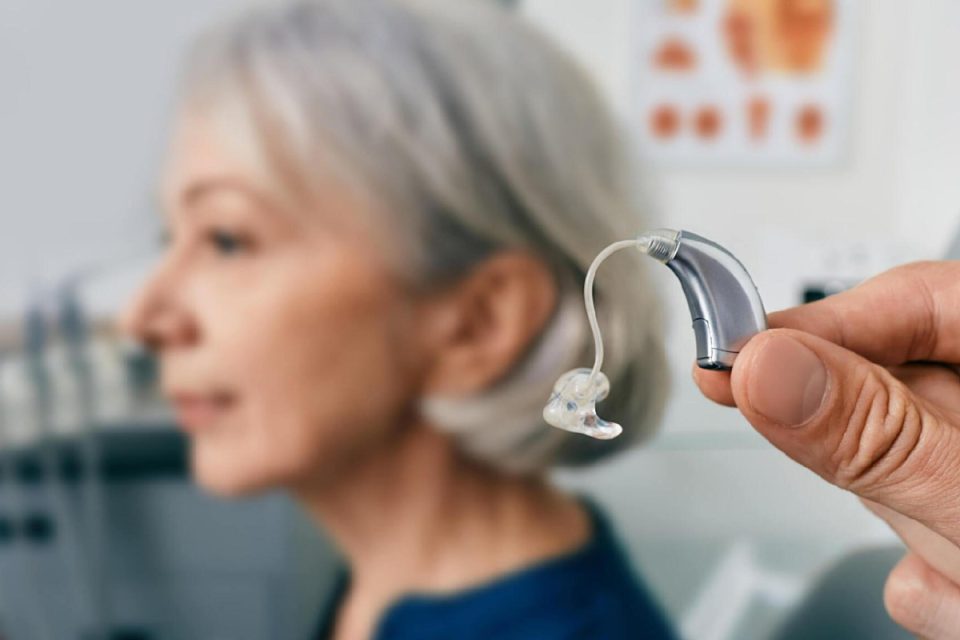Unfortunately, as you get older, your hearing is likely to be impacted. Presbycusis, or age-related hearing loss, is a common problem many seniors face. The good news is that the proper assistance can restore your hearing capabilities. You can schedule an appointment with doctors specializing in the area, like the ones at HearCanada, if you believe your hearing is impacted, and you may have to wear hearing aids afterwards. Keep reading to find out about the options you have:
Table of Contents
1. Completely-in-the-Canal (CIC)
If you have mild to moderate hearing loss and do not wish to have a visible hearing aid, a completely-in-the-canal hearing aid (CIC) hearing aid might be a good choice. It fits in your ear canal, so it can not be seen prominently from the outside. It also does not pick up wind noise much and is the smallest hearing aid.
However, CIC hearing aids have some problems: they use smaller batteries that run out more often and have to be replaced, and the earwax may clog their speakers. Due to their small size and deeper placement, they usually do not incorporate additional features such as volume control. Discuss such situations in detail with your doctor to see if CIC aids are for you.
2. In-the-Canal (ITC)
An in-the-canal or ITC hearing aid is also used to treat mild and moderate hearing loss, and it fits only partly in the ear canal. These hearing aids offer additional features that CIC hearing aids cannot, such as wind suppression and the ability to divide the sound into multiple groups, known as channels. As part of the hearing aid is in the ear canal, earwax can clog the speaker and cause disruptions. Due to their small size, you may also find them difficult to adjust.
3. In-the-Ear (ITE)
ITE hearing aids are prescribed for people who have severe hearing loss. They are available in two styles: one covers the entire bowl-shaped area of the outer ear, and the other covers only the lower half of the ear.
These hearing aids are usually integrated with two directional microphones for better hearing in noise. While they are more prominent and easily visible, they offer considerable benefits: they have longer battery life and can better support more functions than CIC or ITC hearing aids, including speech enhancement.
If you are using hearing aids for an Alzheimer’s patient, remember that ITE hearing aids are more sensitive and pick up more wind noise, and Alzheimer’s patients should not be exposed to a lot of sounds.
4. Behind-the-Ear (BTE)
A BTE hearing aid is fit for people of all ages and all levels of audible impairment. Here, the device machinery rests behind the ear and is connected by a tube to an earpiece that fits in the ear canal. BTE hearing aids are the biggest and most prominently visible devices, but they come with benefits, like a rechargeable battery, and amplify sounds better than other devices.
Endnote
Hearing loss has become a common complication, but you can mitigate its impact on your daily activities if you use a hearing aid. Knowing the type of hearing aids available, you can now have a knowledgeable discussion with the physician about the device best suited to your needs. If you feel you may have hearing loss, book an appointment with a doctor today.

